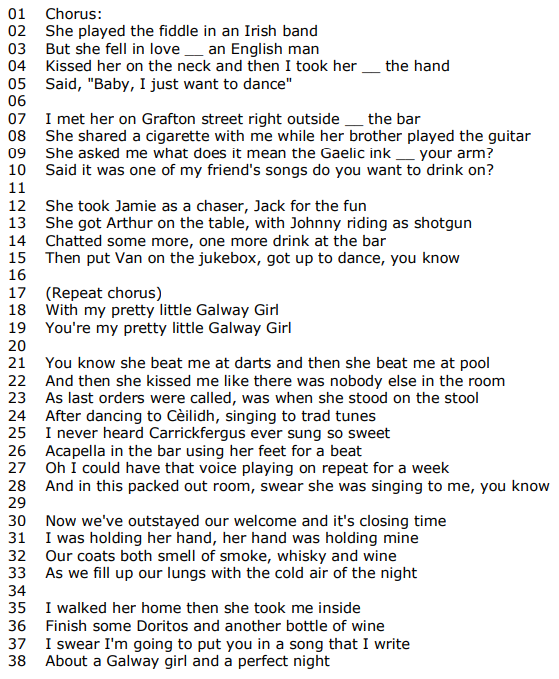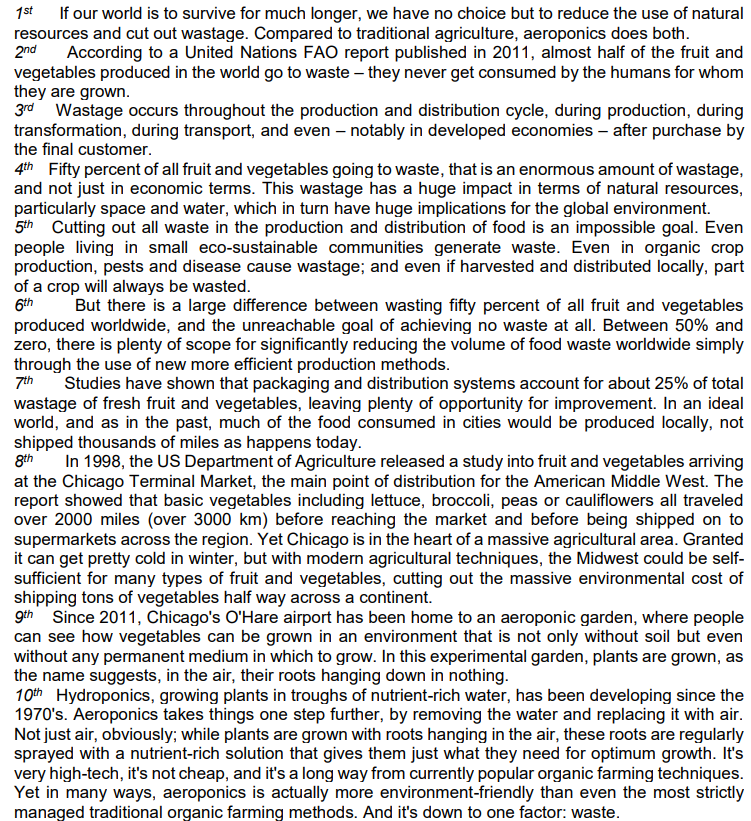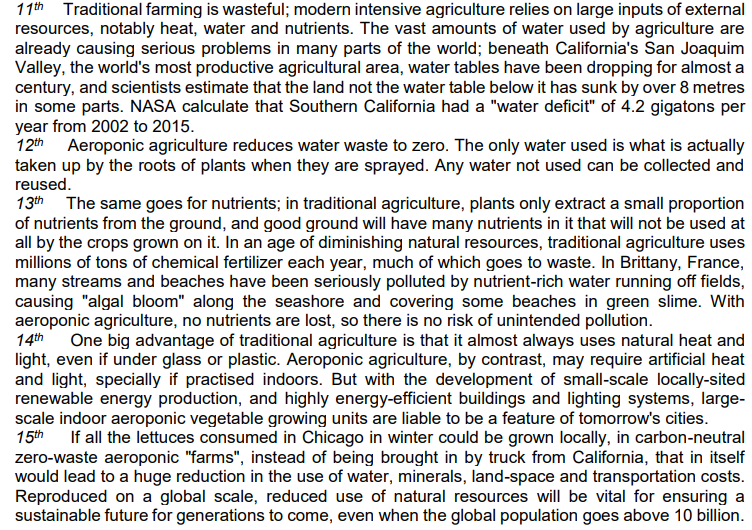Questões de Concurso
Foram encontradas 392 questões
Resolva questões gratuitamente!
Junte-se a mais de 4 milhões de concurseiros!
Plurilingualism and translanguaging: commonalities and divergences
Both plurilingual and translanguaging pedagogical practices in the education of language minoritized students remain controversial, for schools have a monolingual and monoglossic tradition that is hard to disrupt, even when the disrupting stance brings success to learners. At issue is the national identity that schools are supposed to develop in their students, and the Eurocentric system of knowledge, circulated through standardized named languages, that continues to impose what Quijano (2000) has called a coloniality of power.
All theories emerge from a place, an experience, a time, and a position, and in this case, plurilingualism and translanguaging have developed, as we have seen, from different loci of enunciation. But concepts do not remain static in a time and place, as educators and researchers take them up, as they travel, and as educators develop alternative practices. Thus, plurilingual and translanguaging pedagogical practices sometimes look the same, and sometimes they even have the same practical goals. For example, educators who say they use plurilingual pedagogical practices might insist on developing bilingual identities, and not solely use plurilingualism as a scaffold. And educators who claim to use translanguaging pedagogical practices sometimes use them only as a scaffold to the dominant language, not grasping its potential. In the United States, translanguaging pedagogies are often used in English-as-a-Second Language programs only as a scaffold. And although the potential for translanguaging is more likely to be found in bilingual education programs, this is also at times elusive. The potential is curtailed, for example, by the strict language allocation policies that have accompanied the growth of dual language education programs in the last decade in the USA, which come close to the neoliberal understanding of multilingualism espoused in the European Union.
It is important to keep the conceptual distinctions between plurilingualism and translanguaging at the forefront as we develop ways of enacting them in practice, even when pedagogies may turn out to look the same. Because the theoretical stance of translanguaging brings forth and affirms dynamic multilingual realities, it offers the potential to transform minoritized communities sense of self that the concept of plurilingualism may not always do. The purpose of translanguaging could be transformative of socio-political and socio-educational structures that legitimize the language hierarchies that exclude minoritized bilingual students and the epistemological understandings that render them invisible. In its theoretical formulation, translanguaging disrupts the concept of named languages and the power hierarchies in which languages are positioned. But the issue for the future is whether school authorities will allow translanguaging to achieve its potential, or whether it will silence it as simply another kind of scaffold. To the degree that educators act on translanguaging with political intent, it will continue to crack some openings and to open opportunities for bilingual students. Otherwise, the present conceptual differences between plurilingualism and translanguaging will be erased.
Source: GARCÍA, Ofelia; OTHEGUY, Ricardo. Plurilingualism and translanguaging: Commonalities and divergences. International Journal of Bilingual Education and Bilingualism, v. 23, n. 1, p. 17-35, 2020.
Garcia e Otheguy (2020)
Within the provided text, identify the conjunction that simultaneously introduces an opposing viewpoint while emphasizing causality between two ideas:
Galway Girl, by Ed Sheeran

(Available at: www.azlyrics.com/lyrics/edsheeran/galwaygirl.html – text specially adapted for this test).


Does Snoozing Your Alarm Really Increase Sleepiness?
Snoozing the alarm doesn’t necessarily mean you’ll feel groggy the rest of the day. But it’s important to get as much sleep as you can. Getting up early in the morning is no easy task for plenty of people. That’s why alarms are important — they ensure that you wake up at your desired time. However, nobody can deny how tempting it is to try and squeeze in a few more minutes of sleep.
According to a survey, about 57 percent of people snooze in the morning, which is defined as needing multiple alarms to wake up. If you set a single alarm and snooze it repeatedly or set several alarms at regular intervals until the time you absolutely need to get up, you are a snoozer. Waking up on the first alarm is commonly recommended, but does it really make a difference if you are woken up by one alarm compared to several ones? In a recent sleep study, researchers examine how snoozing affects an individual’s health and sleep.
According to the study, people snooze for a variety of reasons. Most of the participants said that they just can’t get up with only the first alarm. Some say they snooze because they feel comfortable in bed, while others do it because they feel less tired when they do get up. A researcher said that snoozing might be a sign that people are waking up because of important scheduled activities — like school or work — rather than because they have adequately rested.
Internet: <www.discovermagazine.com> (adapted).
According to the preceding text, judge the following item.
The adverb “However” (last sentence of the first paragraph),
can be correctly replaced by Therefore, without changing
the meaning of the text.
